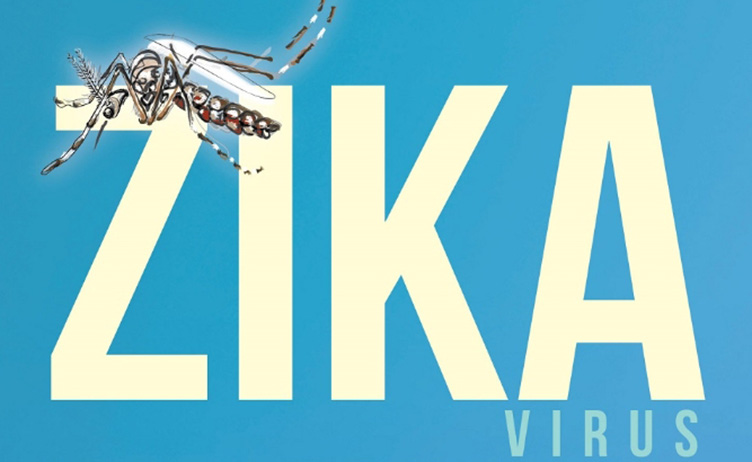The four-tiered strategy focuses on priority areas of detection, prevention, response and research.
The Pan American Health Organization is responding to zika with a strong, four-tiered strategy to support its countries, according to Dr. Sylvain Aldighieri, PAHO’s incident manager for zika.
In a briefing to members of PAHO’s executive committee this week, Aldighieri said that PAHO has sent 88 experts on 53 missions to countries and territories, focusing on priority areas of detection, prevention, response and research on zika. He said much research needs to be done to define the absolute risk for congenital malformations and to describe the clinical spectrum of Zika congenital infections.
PAHO Director Dr. Carissa F. Etienne said that PAHO will continue to provide leadership and coordination of the Zika response.
“Our challenge will continue in the medium and long-term on Zika. Aedes aegypti is a very elusive vector with high infestation rates, but we are fully committed to [working with] our member states.”
The PAHO executive committee, chaired by Ecuador’s minister of public health, also advanced on a new strategy to prevent and control arboviral diseases including dengue, chikungunya, yellow fever, and Zika, all of which have had major impacts in the Americas.
Dr. Marcos Espinal, head of Communicable Diseases and Health Analysis at PAHO, said that despite control efforts, dengue continues to increase, with 14 million cases and 7,000 deaths recorded between 2000 and 2014, and chikungunya has caused more than 1.7 million cases since it arrived in the region in December 2013.
“We must build on the current integrated management strategy for dengue prevention and upgrade it to a strategy for Arbovirus prevention and control,” said Espinal.
The new strategy, likely to gain final approval at PAHO’s Directing Council in September, focuses on strengthened surveillance, early detection of emerging and reemerging arboviruses, integrated control, improved detection and diagnosis, and improved control of the mosquito vectors of these diseases.
“[PAHO] mounted timely and effective responses to a number of disasters and outbreaks, building upon its vast experience in disaster management,” Dr. Etienne said. “We were able to work with partners to ensure strong support for our affected member states.” Dr. Etienne also highlighted the importance of an “integrated approach for the prevention of zika, dengue, chikungunya and yellow fever” in the new Regional Strategy for Arboviral Disease Prevention and Control.
This week’s committee deliberations will determine the final agenda to be discussed during the 55th Directing Council of PAHO, which will meet from Sep. 26 – 30. The executive committee is composed of nine member states elected by the Pan American Sanitary Conference or the Directing Council of PAHO for overlapping periods of three years. Its current members are Antigua and Barbuda, Argentina, Bahamas, Chile, Costa Rica, Ecuador, Guatemala, Trinidad and Tobago, and the United States.





